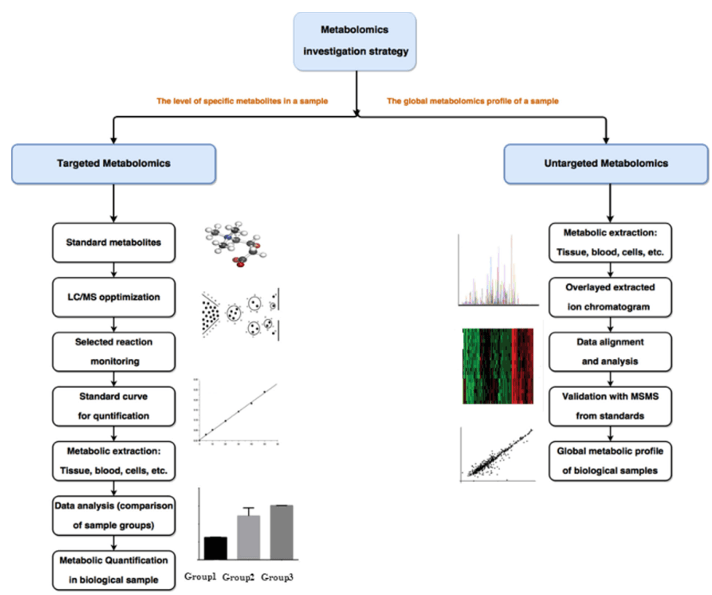Palmitic Acid Analysis Service
Submit Your InquiryPalmitic acid is a saturated advanced fatty acid that is commonly found in animal and vegetable fats and oils in the form of glycerolipids. Its main component is the oil from the palm tree, namely palm oil and palm kernel oil. Butter, cheese, milk, meat and many vegetable oils have this fatty acid, and breast milk is also rich in it.
Palmitic acid is used as a raw material in the production of candles, soaps, greases, softeners and synthetic detergents. Palmitic acid is used in the manufacture of various palmitic acid metal salts. Its sodium or potassium salts are used as emulsifiers in emulsion polymerization, and aluminum and zinc salts are used in lubricants, coatings, inks and plasticizers. Palmitic acid has special aroma and taste and can be used to formulate various edible spices, and also used as raw material for defoamer and other food additives.
Palmitic acid is an important fatty acid for the body, providing energy for growth and development, brain activity, and metabolism, especially in infants.
Twenty to 25% of the fatty acids in breast milk are palmitic acid, and 70% of palmitic acid is lipidated at the sn-2 position. In contrast, palmitic acid present in vegetable oils and non-milk fats is mainly lipidated at the Sn-1 and Sn-3 positions. The palmitic acid bound to the 1,3 position is not easily absorbed by the body and easily forms insoluble saponified calcium that is excreted in the feces, resulting in energy and calcium loss.
Sn-2 palmitic acid is most easily digested by infants and children when combined with the Sn-2 position of triacylglycerol, which promotes the body's absorption of energy materials. sn-2 palmitic acid also promotes the absorption of calcium, magnesium and other bone minerals, and promotes the growth of bones. Calcium is also needed to maintain neuromuscular excitation, nerve impulse conduction and normal heartbeat. Therefore, palmitic acid is an essential saturated fatty acid in the metabolic process of the body.
Creative Proteomics utilizes high performance liquid chromatography (HPLC) and liquid chromatography-mass spectrometry (LC-MS) techniques for the qualitative and quantitative determination of palmitic acids to facilitate the study of its functional mechanisms and to develop its applications in various fields. In addition, we also offer other fatty acid assays to meet your different needs.
Service Workflow

We Can Provide Analysis for The Following Substances, Including but Not Limited to
| Palmitic acid | Palmitoleic acid | Palmitic acid esters |
Sample Requirements
We analyze a wide range of biological materials and can also accept industrial samples.
- Serum / plasma: ≥ 100 ul/sample
- Animal tissue: ≥ 100 mg/sample
- Cell: ≥ 1×107
- Foods dry weight: ≥ 200 mg
- Others
Want to analyze other samples? Please contact our technical staff.
Deliverables
- Experimental protocols
- Instrument parameters
- MS raw data files and MS data quality checks
- Absolute quantitative data of palmitic acid
- Bioinformatics analysis report
If you want to test other fatty acids or have other questions, please contact us and we will be happy to answer them for you. We look forward to working with you.







